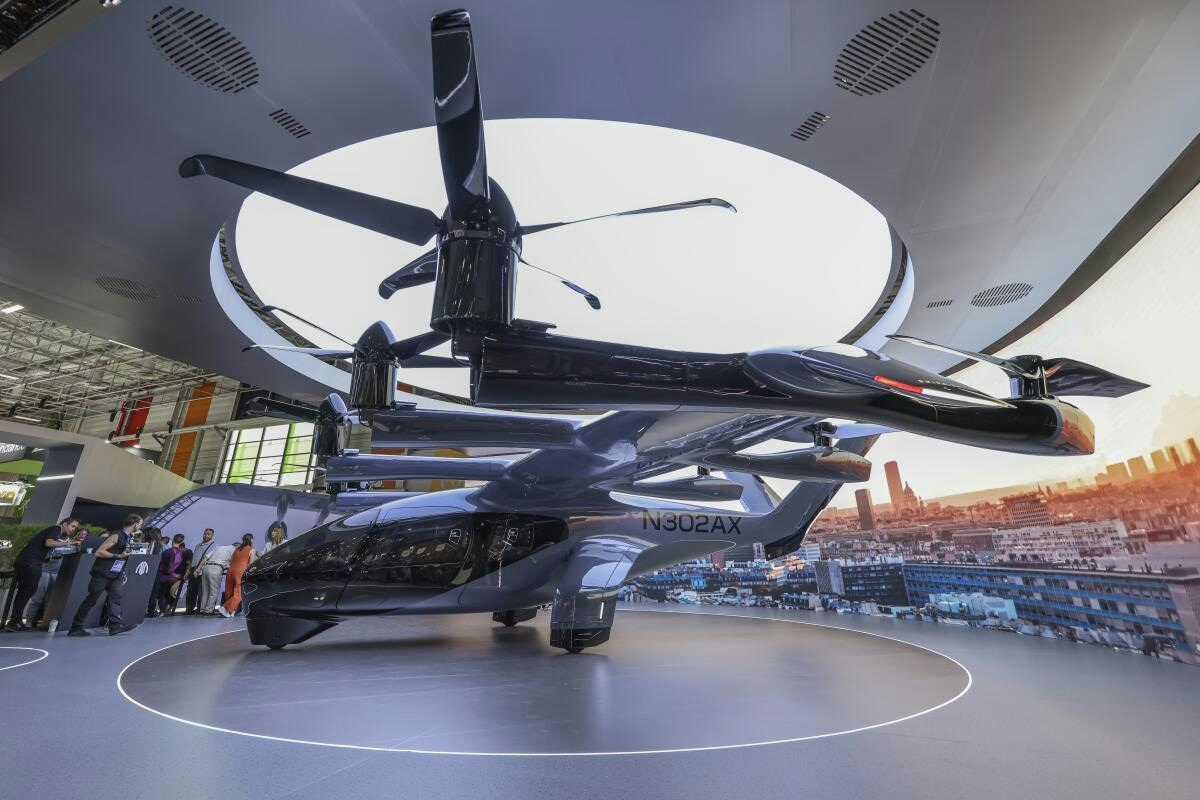
AeroGenie — Your Intelligent Copilot.
Trending
Categories
Kyndryl and Auj Partner to Advance Digital Innovation in Saudi Arabia’s Aviation Sector

Kyndryl and Auj Partner to Advance Digital Innovation in Saudi Arabia’s Aviation Sector
Strategic Collaboration to Accelerate Aviation Transformation
Kyndryl (NYSE: KD), a global leader in enterprise technology services, has entered into a strategic partnership with Auj, a prominent Saudi aviation strategy and operations advisory firm, to drive digital innovation within Saudi Arabia’s burgeoning aviation industry. The alliance was officially announced at the World Aviation Festival in Lisbon, Portugal, underscoring a shared commitment to support the Kingdom’s Vision 2030 initiative and its ambitious aviation growth targets.
Saudi Arabia’s aviation sector is undergoing rapid expansion, fueled by government-led efforts to diversify the economy. The General Authority of Civil Aviation (GACA) reported that the industry contributed approximately $53 billion (SAR 198.8 billion) to the national economy in 2023. Projections under the Saudi Aviation Strategy anticipate the sector will manage 330 million passengers annually by 2030, reflecting the scale and urgency of modernization efforts.
Combining Global Expertise with Local Insight
Auj brings extensive experience working with national carriers, airport operators, and regulatory bodies across Saudi Arabia, focusing on redesigning core platforms and operational frameworks. Kyndryl complements this with a proven global track record in modernizing mission-critical systems for leading airlines and airports, including Singapore Airlines, Japan Airlines, Delta Air Lines, Etihad Airways, and Bangalore International Airport. The partnership will leverage Kyndryl’s capabilities in IT consulting, cloud computing, cybersecurity, artificial intelligence, and managed services alongside Auj’s deep industry knowledge.
Together, the two firms aim to assist Saudi aviation stakeholders—including airlines, airports, and regulators—in adopting advanced technologies and innovative operating models. Their joint efforts are designed to enhance operational efficiency, resilience, and customer experience, while delivering tailored solutions that address the unique challenges of the Kingdom’s aviation ecosystem. This collaboration aligns closely with Saudi Arabia’s sustainability and growth objectives.
Pieter Bil, Senior Vice President and Managing Director of Kyndryl Middle East and Africa, emphasized the partnership’s potential to transform the sector: “By leveraging Kyndryl’s expertise in digital modernization and Auj’s local industry insight, we will help aviation stakeholders deliver more personalized and seamless customer experiences, meet rising traveler expectations, and build resilient, future-ready operations.”
Mohammed Al Moaither, Chief Operating Officer of Auj, highlighted the strategic importance of the alliance: “This collaboration allows us to accelerate the digital transformation of the aviation ecosystem, enabling smarter operations and stronger resilience. By aligning with Vision 2030, we aim to help shape a connected, sustainable ecosystem that positions the Kingdom as a global leader in aviation and smart city innovation.”
Navigating Challenges and Market Dynamics
While the partnership promises significant advancements, both companies acknowledge the challenges ahead. These include navigating evolving regulatory frameworks, integrating new technologies with existing infrastructure, and responding to intensified market competition. The announcement has already generated heightened investor interest, with industry observers anticipating that competitors may enhance their digital capabilities or pursue new alliances to maintain competitive advantage.
About the Companies
Kyndryl is the world’s largest IT infrastructure services provider, delivering advisory, implementation, and managed services to thousands of clients across more than 60 countries. Auj is a Saudi-based aviation strategy and operations advisory firm specializing in airport strategy, operating models, and regulatory engagement within the Kingdom’s aviation sector.
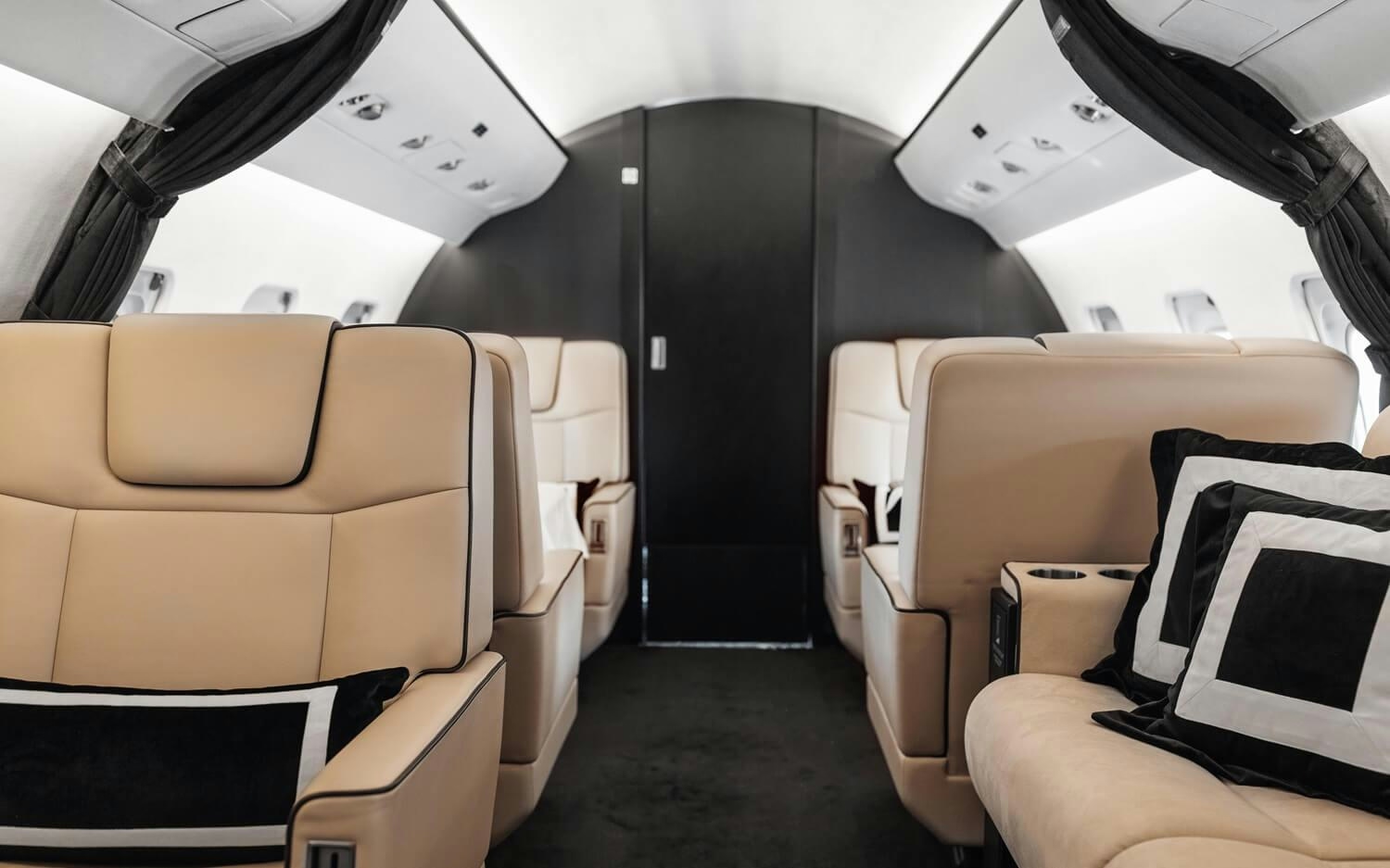
The Continued Importance of Charter Flight Cost and Time Estimators for Business Aviation
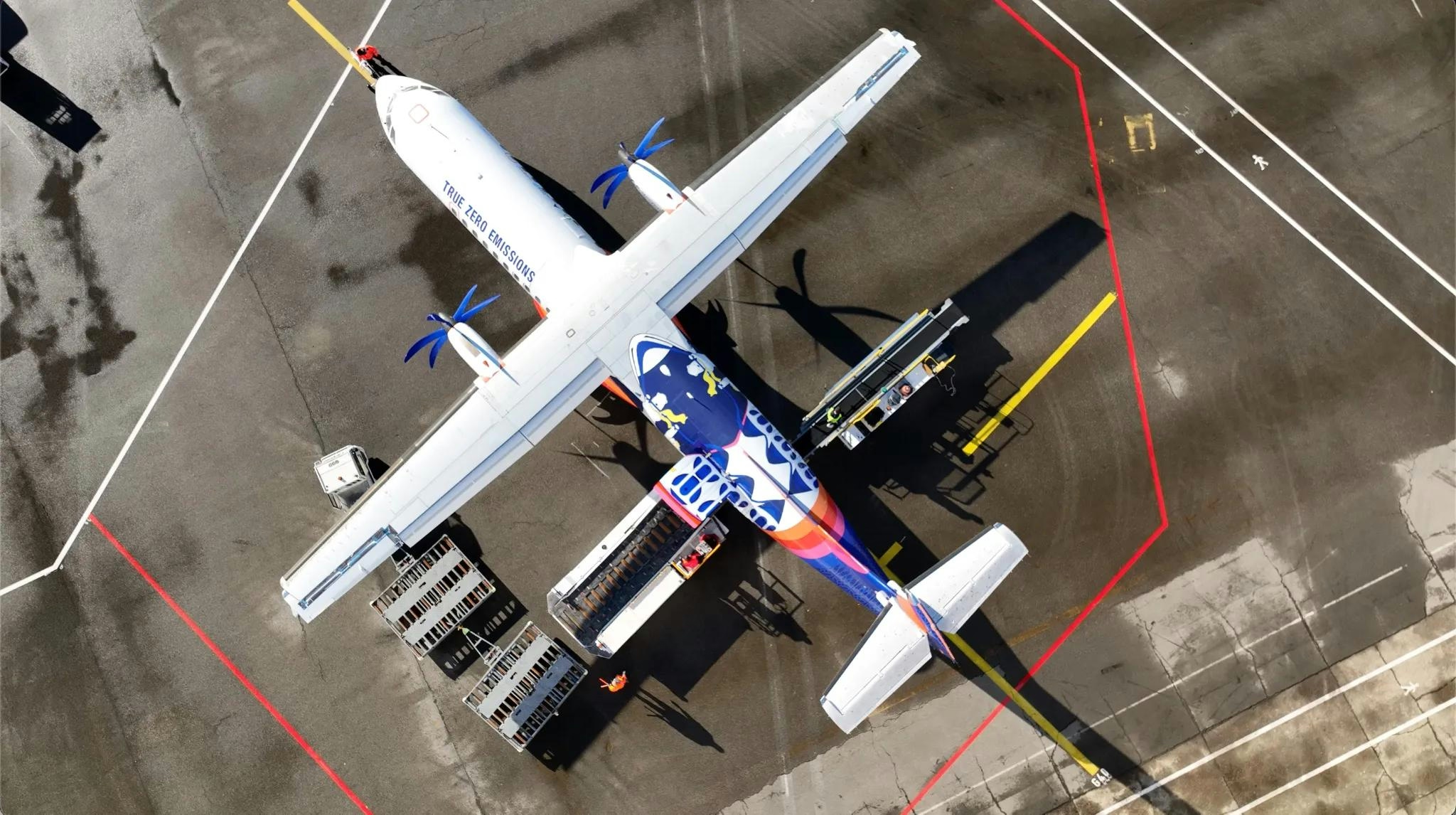
Pivot Airlines to Acquire First DHC-8-Q300 Aircraft

Global Aviation Market Projected to Reach $524 Billion by 2030

Boeing Subsidiary Unveils Pilotless Air Taxi
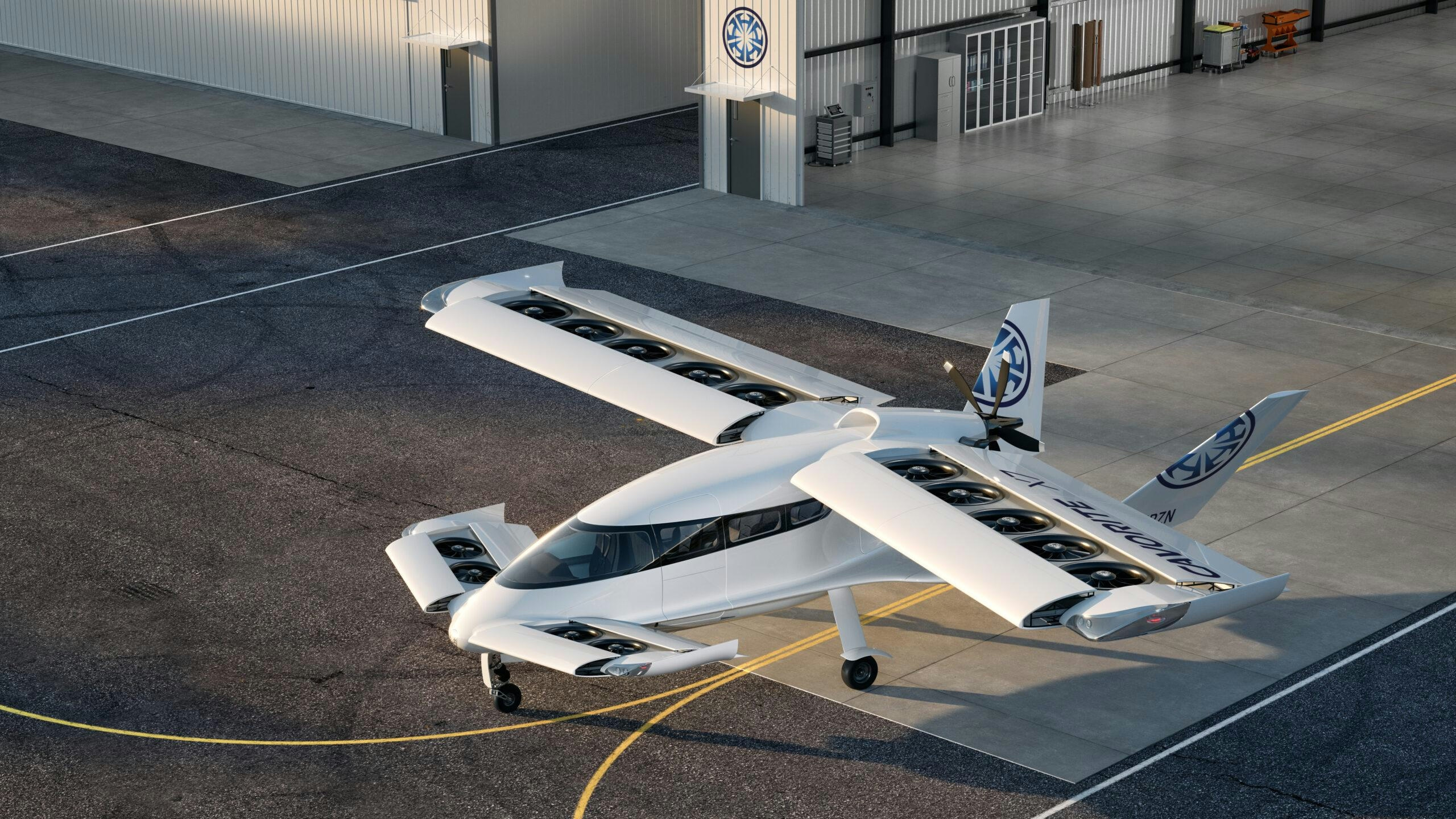
Horizon Progresses Cavorite X7 Toward IFR-Certified Flight

Comparing the Costs of the Boeing 747 and 787

UAE to Begin Drone Deliveries for Noon Minutes Orders
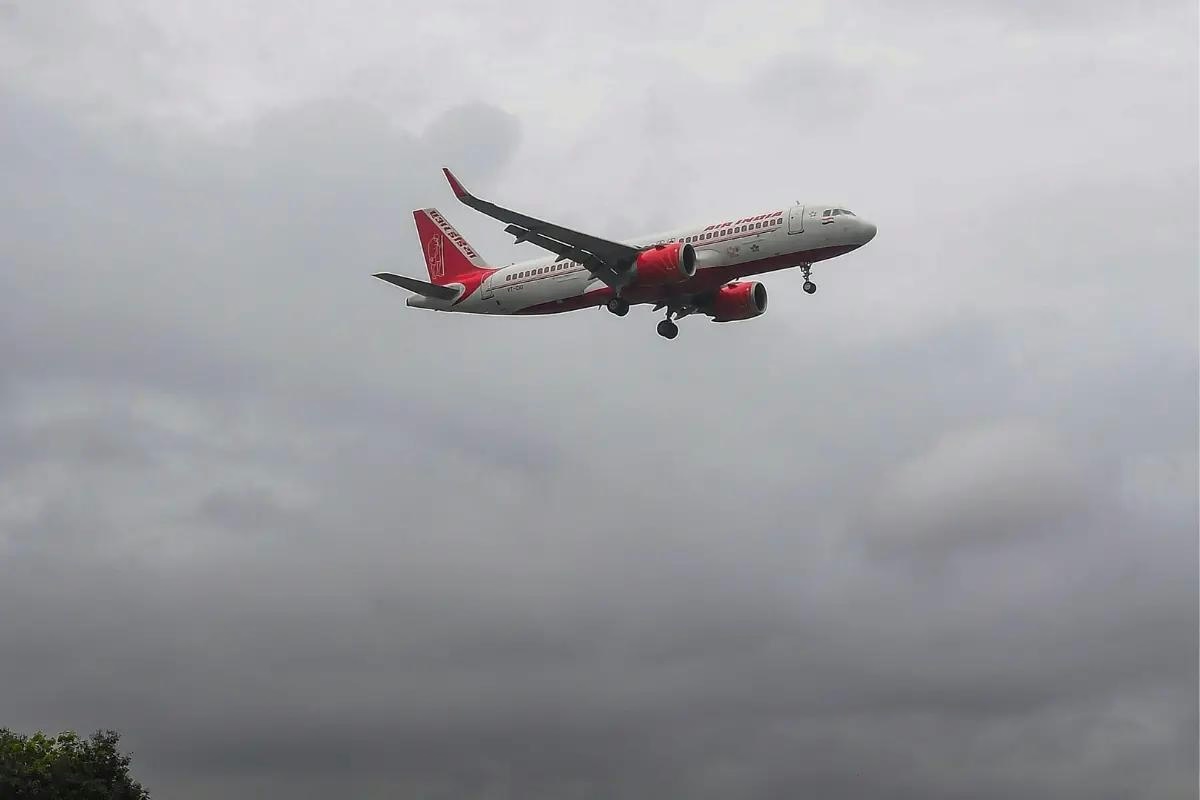
Air India CEO Predicts Visible Changes in 2026
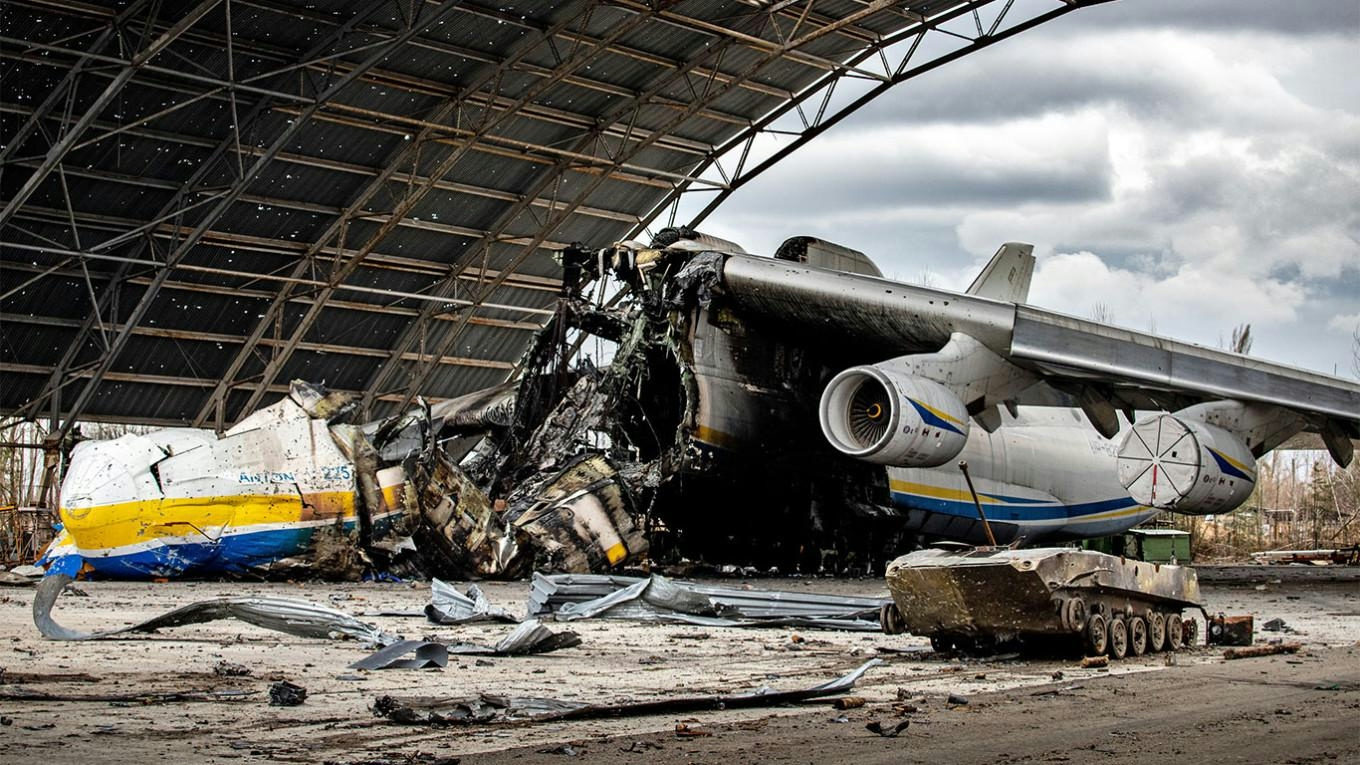
The Aircraft Poised to Replace the World’s Largest Commercial Jet
